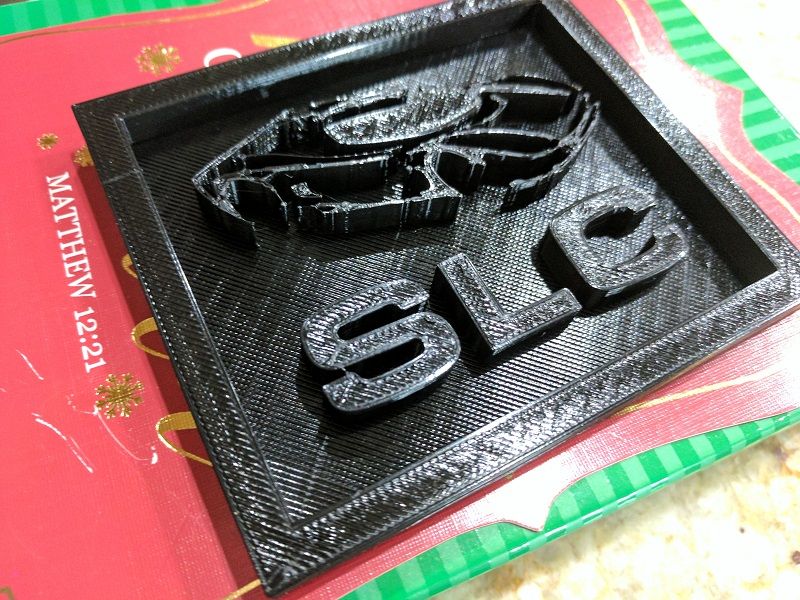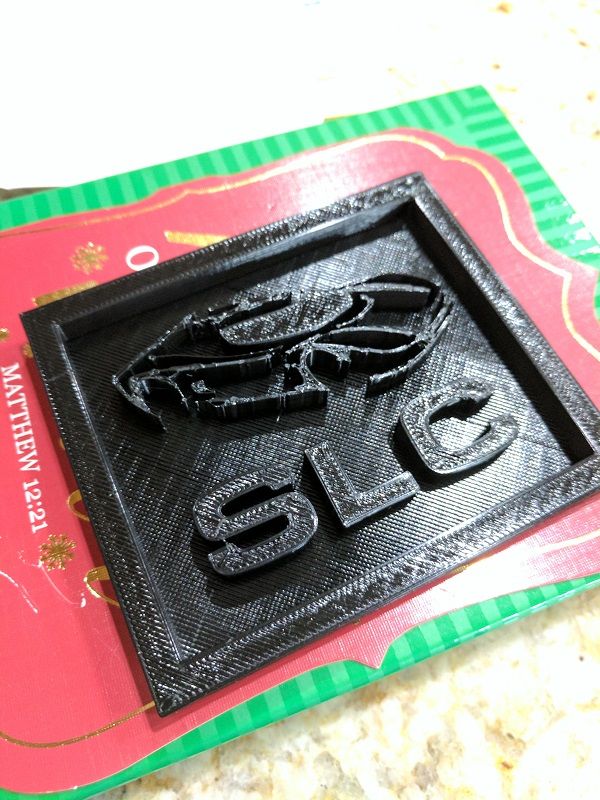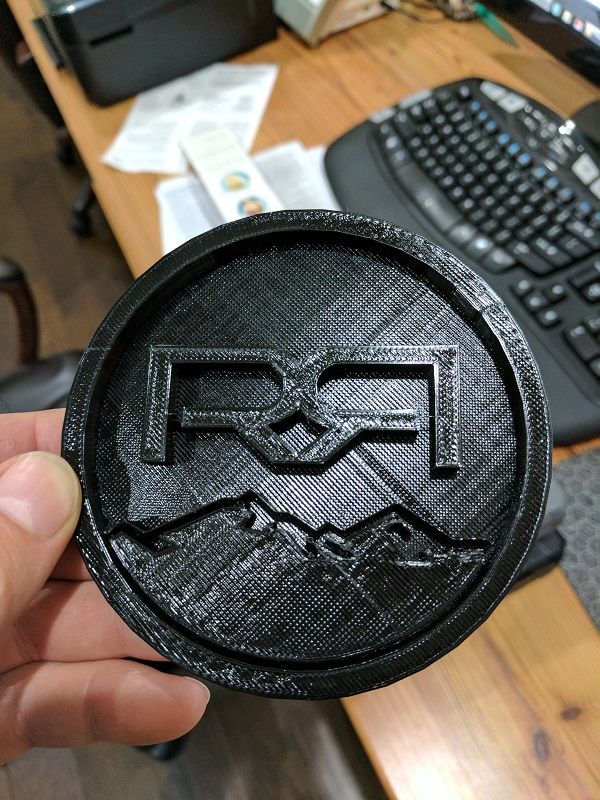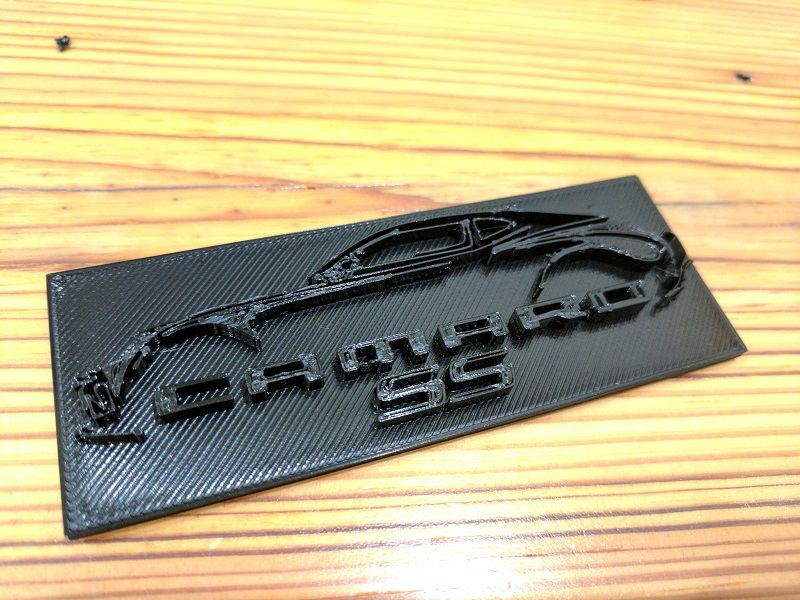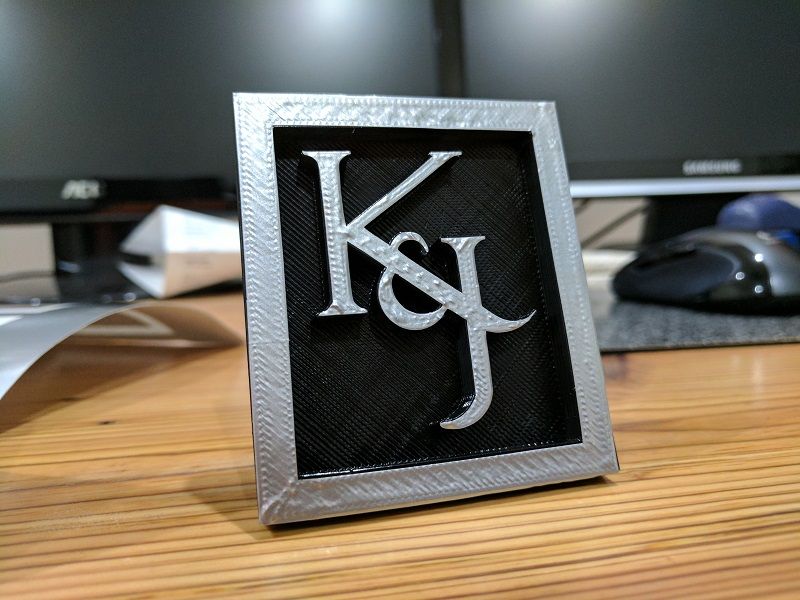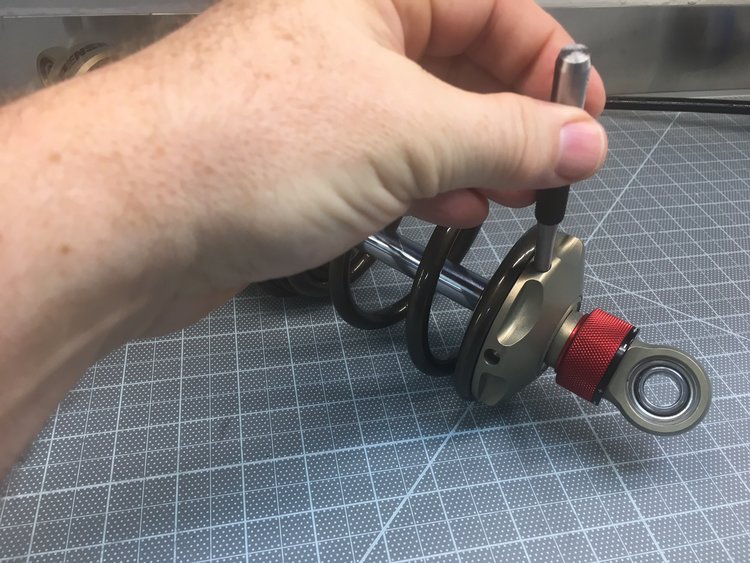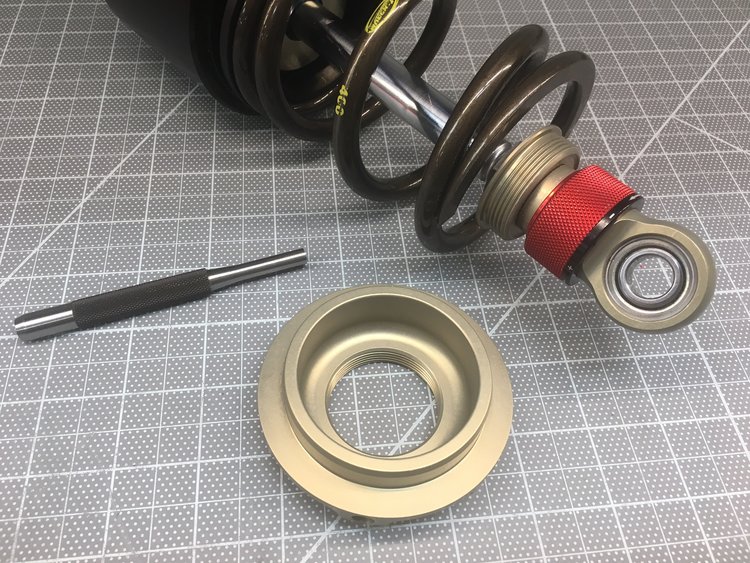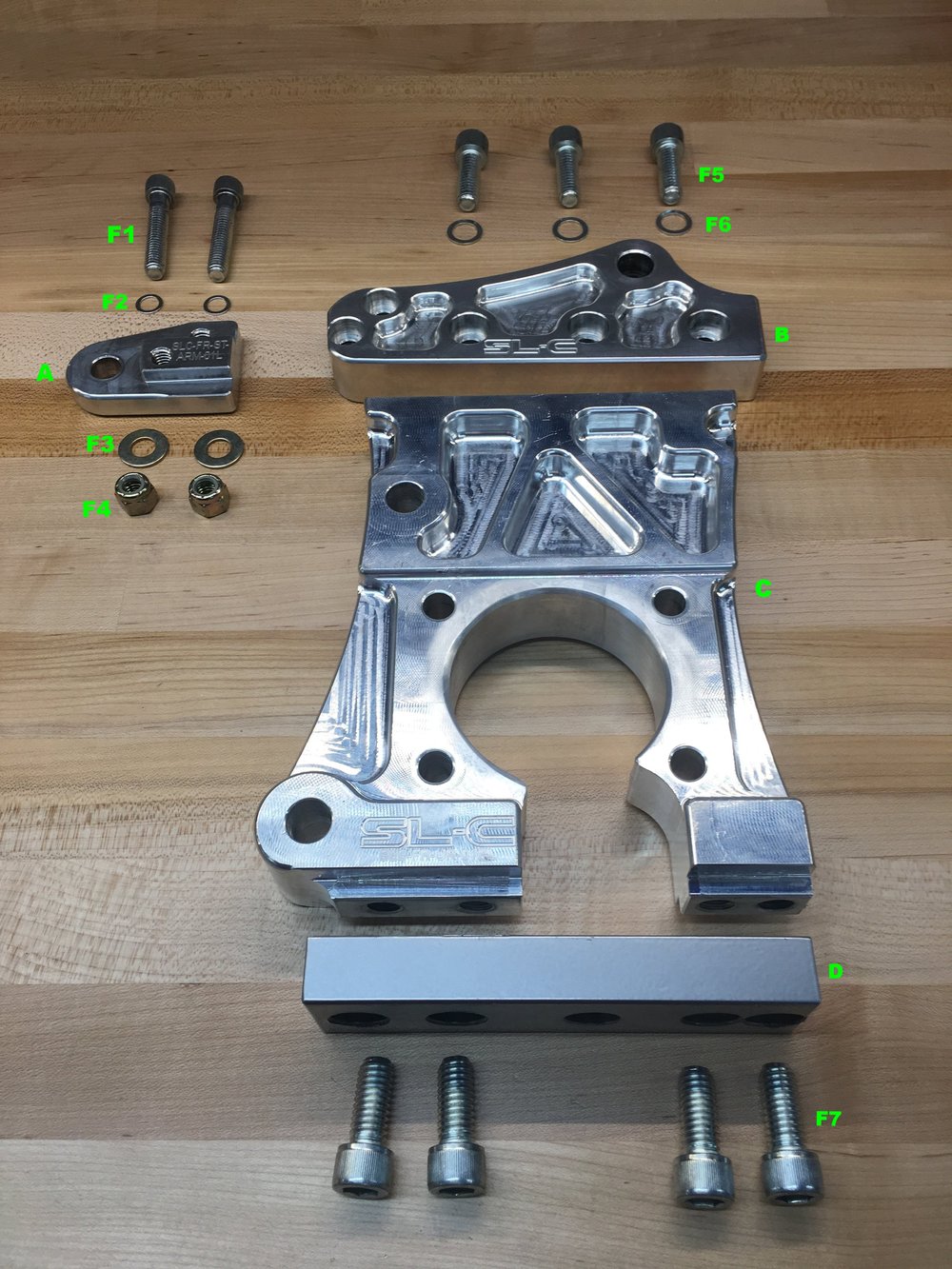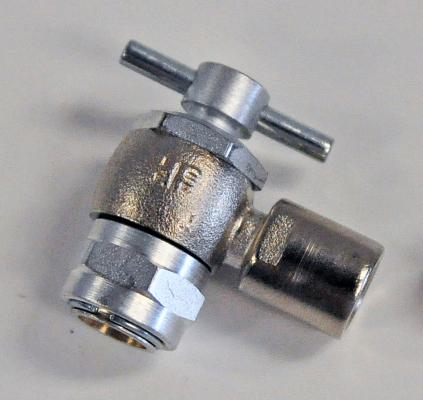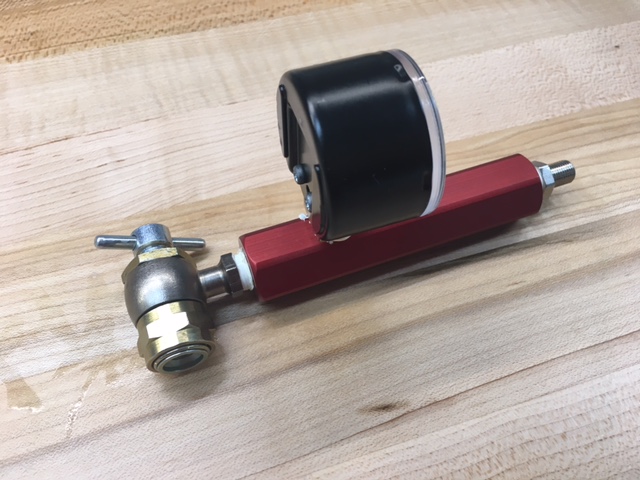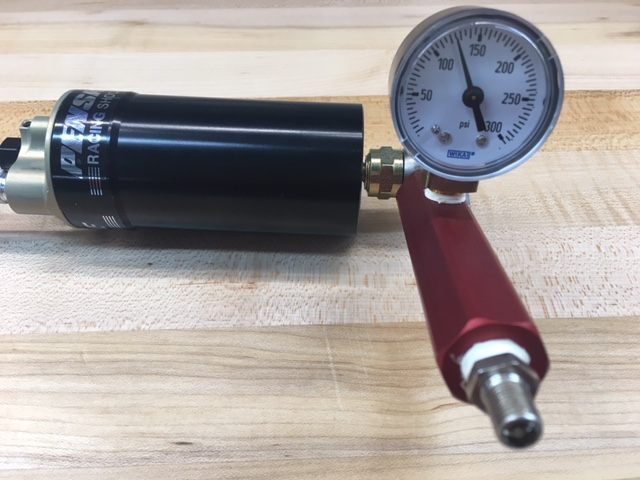Thanks both Aaron and Scott for explaining in more detail. The explanation of the "tree" or steps is a pretty important one. I have run into this problem before and ended up wiping out entire parts due to the fact of trying to go back and manipulate a previous piece of the part. It has deterred me away from taking the time to really learn those types of programs.
For most parts, whether for my car or for a work project, I have been sketching them out for many years and luckily due to the relative simplicity, they have created the files for me. Alas, the things I am interested in building now and the future are highly complex and require stress analysis. In one part, I could eat up that $5000 just in time for the piece to be made into a file, let alone trying to put it on paper in a manner others could understand. Lol. It will also give me some secrecy to the part if I can do myself. The cat will only be out of the bag once the part is ready for production, instead of at the conception of it.
I ran into this very recently with the design of some of my stainless steel railing parts that I designed and sent off to a manufacturer in china, scribbled on a piece of paper I emailed them. They took about 3 months longer to make the pieces (promise was 45 days to ship, it ended up being 4.5 months to ship) than promised, and I found out why in a very crappy fashion. Posting these parts up for sale and finding my bespoke piece was already being sold for about a month in the U.S. at a 20% lower price point than I was planning to introduce it at. So, not only did I lose exclusivity of the part, but now competing at a 20% loss on the first day. They are selling the EXACT same part which is VERY specific in application. The manufacturer told their main U.S. importer about the part, tagged their order onto mine, and shipped theirs to them first, then my order at their leisure. So, I had to learn the hard way. Won't happen again.

So, I watch their items, priced mine $0.05 less each, and will continue to fuck them (while in turn fucking myself) with a lower price until I run out of what is a pretty massive stock. Luckily, it is parts my business uses for install also, and the online sales of it is more of an attempt at passive income, rather than main income. So I can play their game.
Sorry for the rant. But ya, creating the files myself is becoming a requirement. Luckily future plans are much more complicated parts, and each section to be sent off to a different company, and listed to them under a false use, or false classification of the product. No one will have a clear picture of the finished piece.
Thanks again for the advice. I will contact Solidworks about their monthly subscription price. It should get me by long enough for the parts to start making income, to then move into the full purchase price. I have been sitting on a few ideas for a few years, and it is time to finally start prototyping.
